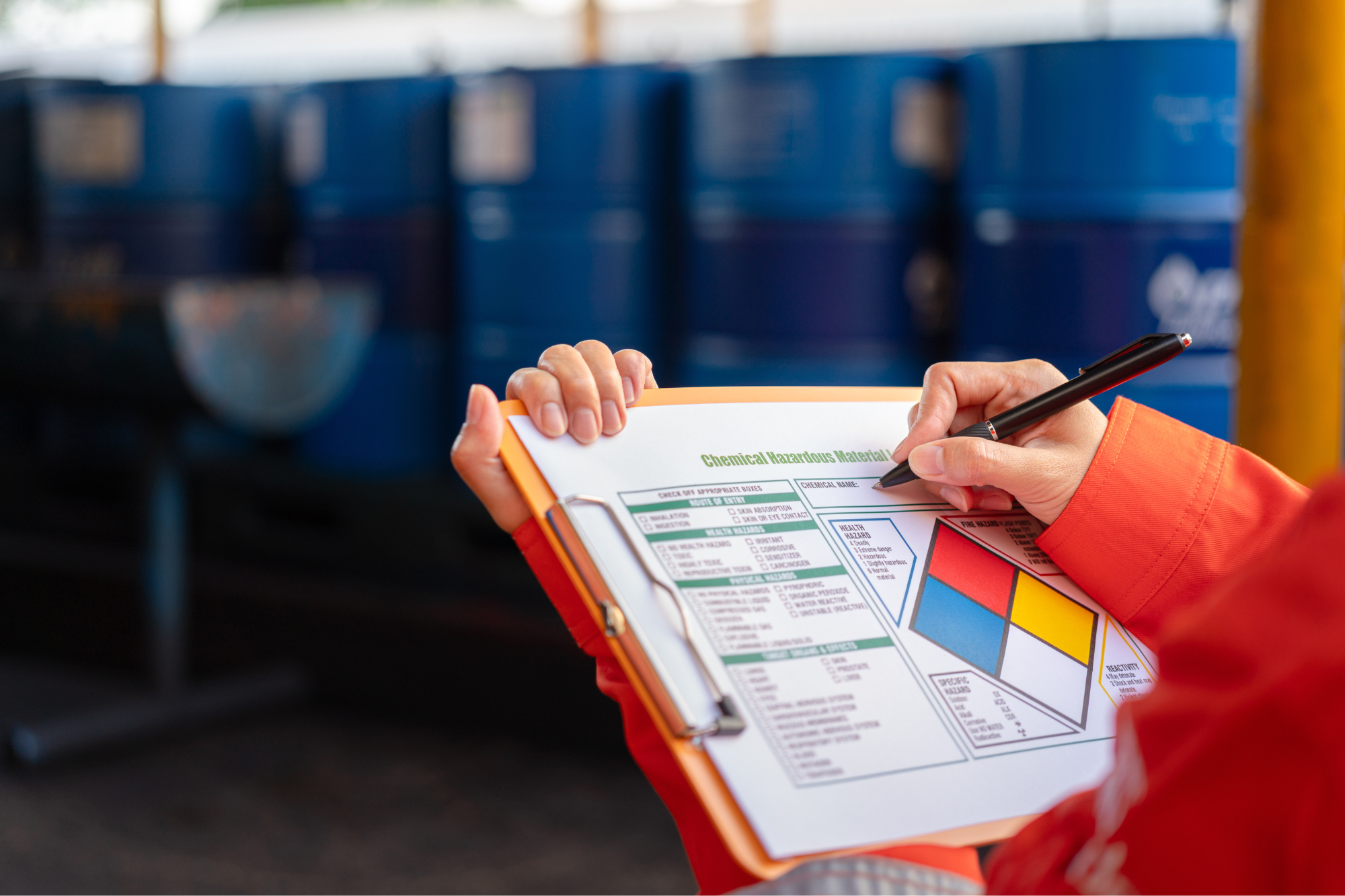
EPA compliance: protect your business and the planet
Since the Environmental Protection Agency (EPA) was created as a government regulatory agency in 1970, environmental compliance has been and continues to remain a major responsibility for employers.
The EPA’s mission is to ensure compliance with environmental laws and regulations to address violations that pose the greatest threat to human health and the environment in a fair and equitable manner to ensure a level playing field for all regulated businesses.
Federal environmental regulations are a critical foundation, but ensuring full compliance can be even more intricate due to stricter state-level rules. Many states enact environmental laws that exceed federal requirements, creating a complex patchwork of regulations for businesses to navigate.
This layer of scrutiny often involves stricter standards for:
- Chemical reporting: Businesses may need to report on a wider range of chemicals or in greater detail than federal regulations require.
- Facility siting: State regulations might impose stricter location limitations for certain facilities compared to federal guidelines.
- Asbestos abatement: State-specific protocols for handling and removing asbestos could be more rigorous than federal mandates.
- Air and water discharge limits: States may set lower emission or discharge limits for pollutants compared to federal laws and standards, resulting in stricter controls on air and water quality.
Why is environmental compliance important?
Environmental compliance is critical in protecting our planet’s health. By adhering to federal compliance requirements and environmental rules, businesses and organizations play a role in protecting the environment and minimizing their negative impact on air, water, and land.
These regulations set clear standards for waste disposal, emissions, and resource use. Following them helps prevent pollution, conserve natural resources, and safeguard ecosystems. Ultimately, environmental compliance ensures a more sustainable future for all.
Compliance is a smart business move
Compliance with Environmental Protection Agency (EPA) regulations isn’t just about following the rules – it’s a strategic business decision. Maintaining EPA compliance demonstrates your commitment to environmental responsibility, enhancing your brand reputation and attracting eco-conscious customers and investors. Avoiding hefty fines and potential lawsuits associated with non-compliance protects your bottom line.
Compliance protects your bottom line
Most importantly, EPA compliance safeguards your employees’ health and safety and shields them from environmental harms; reducing the risk of work-related illnesses and injuries. Businesses that abide by these compliance rules tend to operate sustainably, ethically, and more successfully.
EPA compliance monitoring key takeaways
Overall, the EPA is actively ramping up inspections to ensure environmental regulations are being followed. Non-compliance can lead to hefty civil penalties and criminal penalties.
In the FY 2023, the EPA reported:
- An increase in on-site inspections in FY 2023 compared to pre-pandemic levels.
- Over 60% of on-site inspections were at facilities affecting communities with potential environmental justice concerns.
- The agency completed 1,791 enforcement cases, the highest number since FY 2018.
Tips for employers
Proactive steps can help businesses navigate the evolving world of EPA compliance and operate sustainably in the long run. Here are some additional tips to consider:
- Monitor regulatory updates: Stay informed by regularly checking the EPA website and relevant state environmental agencies for new regulatory requirements or enforcement priorities.
- Invest in compliance training: Utilize training and education tools to ensure your employees are informed on current regulations and practices. Educate employees about environmental regulations and best practices to minimize the risk of inadvertent violations. Training can cover areas like waste management, spill prevention, and proper handling of hazardous materials.
- Develop a compliance management system: Implement a structured system for tracking permits, reporting deadlines, and monitoring activities to ensure regulatory compliance.
- Seek expert advice: Navigating the current EHS regulatory landscape can be a challenge, but you don’t have to do it alone. When you’re expected to be your organization’s resident authority on compliance, lean on our EHS Hotline for reliable answers when it comes to complex situations or specific industry regulations.
- Documentation is key: Always keep clear and detailed records of permits, inspections, training, and compliance activities.
- Conduct regular self-audits: Regularly assess your operations and business practices for potential compliance issues and identify areas for improvement.
- Shift your mindset: View compliance as the foundation for continuous improvement, instead of thinking about it as a destination to reach. Go beyond meeting the minimum legal requirements and actively seek ways to lessen your environmental impact.
Bottom line
EPA compliance isn’t just a regulatory burden – it’s a win-win for businesses and the environment. By prioritizing compliance, businesses can operate sustainably, minimize environmental risks, and create a safer workplace for employees. The financial benefits of avoiding hefty fines and lawsuits are undeniable, while the positive brand reputation gained from environmental responsibility attracts eco-conscious consumers and investors.
Remember, compliance is a journey, not a destination. By continuously improving environmental performance and seeking ways to minimize your impact, your business can become a leader in sustainability and ensure a healthier planet for all.



